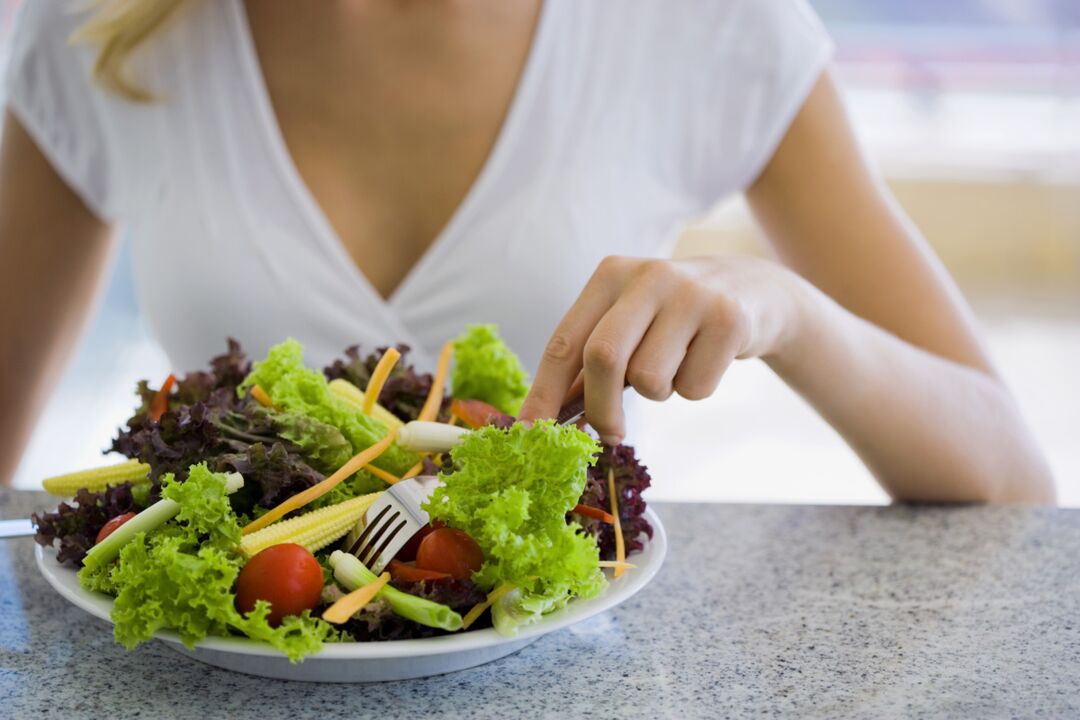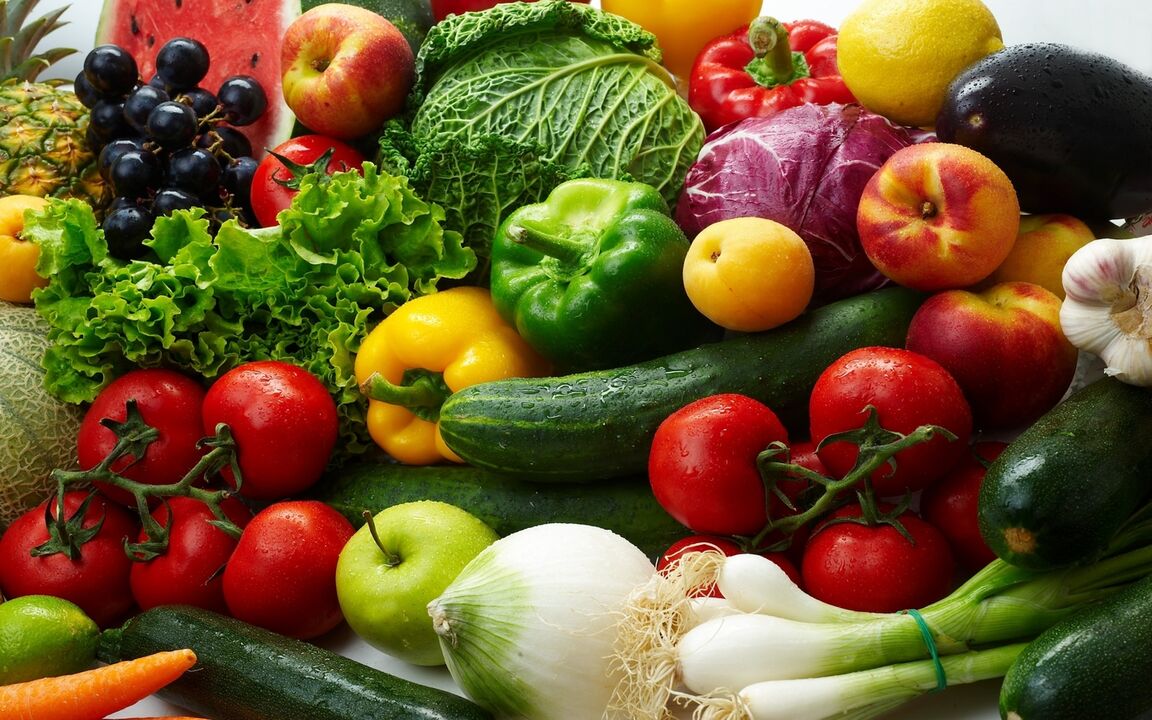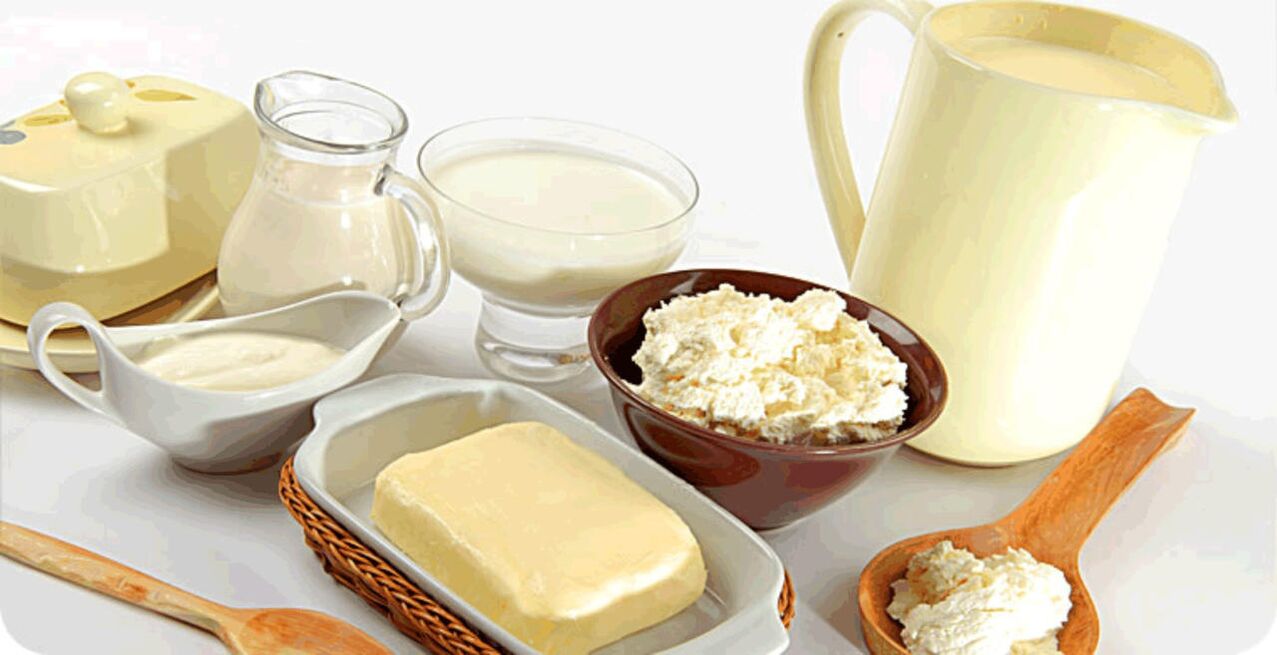For serious illnesses, especially autoimmune diseases, medical treatment alone is not enough. In addition to drugs, the patient is prescribed physiotherapeutic procedures and it is recommended to adhere to a special nutritional system. You also need a gout and high uric acid diet.
What substances increase uric acid
Sharp pain in the joints and redness of the skin signal a violation of uric acid metabolism and complications caused by its excess. As a rule, the percentage of urea in the blood increases due to metabolic disorders. Salts bound to the acid turn into stones and lead to gout and urolithiasis.
Diseases first manifest themselves in people genetically predisposed to them, but an unhealthy lifestyle also contributes to increasing uric acid levels. Excessive consumption of alcohol, flour products, sweets, fatty and spicy foods, as well as improper and limited nutrition can trigger the development of the disease.
The gout diet is not temporary, but permanent and cannot be violated. It is possible to distinguish the principles of nutrition for gouty diseases:
- Total exclusion of products containing purines: products from cocoa beans, tea, river fish, sprats, herring, sardines, asparagus, spinach, legumes, fatty beef and pork, liver.
- By reducing the intake of proteins that increase the content of urates.
- Drink plenty of water to remove uric acid and salts.
- Significant elimination or reduction in salt intake. If consumed, then in small quantities during cooking.
- Properly balanced diet and diet, in which the body can receive all the necessary substances without being overloaded.

What foods can be eaten
Since the gout and high uric acid diet is permanent, it should become a habit, become a lifestyle. It is better to eat according to the plan, that is, all products and dishes should be provided in advance. Otherwise, there is an opportunity to get rid and eat a harmful product. Of course, for this it is necessary to consult a doctor and make a list of allowed foods. The list of what can be consumed and from which dishes for gout can be cooked includes the following products:
- some types of meat and fish (chicken, turkey, rabbit). The meat is only boiled and lean;
- seafood;
- eggs (no more than one per day);
- vegetable oils (butter can also be consumed, but rarely and to a limited extent);
- cereals (excluding rice) and pasta;
- an abundant consumption of vegetables, fruit and aromatic herbs is recommended, with the exception of a small exception: parsley, celery, radish;
- dairy products should be fat-free: yogurt, kefir, fermented cooked milk, unsalted cheese;
- spices are better excluded, but sometimes you can use small amounts of bay leaf, cinnamon, vanilla, vinegar;
- from sweets only natural products: honey, jam, jam;
- alcohol should be excluded altogether, but in very rare cases no more than 100 g of vodka may be allowed;
- from drinks - ordinary and mineral water, permitted fruit juices, rosehip broth, chicory, fruit drink.

What not to eat
Along with the allowed foods to eat, you need to decide on those that can not only not be eaten raw, but also cook any dish:
- sausages and fatty meats;
- tomatoes, asparagus, cauliflower, spinach;
- canned vegetables and canned fish and meat;
- mushrooms in any form;
- fatty dairy products;
- animal fats;
- plums;
- smoked products (fish, meat);
- spices;
- sweets, especially with plenty of cream;
- spicy and salty cheeses.

The list of allowed and prohibited products should be adapted to each individual case. If the patient has concomitant diseases, such as diabetes mellitus or diseases of the internal organs, this must also be taken into account. It should also be borne in mind that different types and stages of gout require temporary restrictions, even for a selected diet. So, with an exacerbation, meat and fish are completely excluded.
If a person suffers from swelling of the joints, it is recommended to use watermelon and herbal decoctions.
Correct menu
It is important not only to know what can be consumed, but also under what conditions in order to decide which dishes are suitable for you. At breakfast, it is recommended to give preference to nutritious and high-calorie, but simple dishes. Suitable: cereals, cheesecake, scrambled eggs with vegetables, pancakes. For lunch it is better to choose first courses with vegetables, boiled meats, steamed meatballs or cutlets, compotes, vegetable salads, milk soups and cereals.
Dinner should be light, but don't leave you hungry. It is better to choose dishes based on vegetables, low-fat dairy products: vegetable and cottage cheese casseroles, pancakes with jam, kefir, dried fruits, steamed fish with vegetables, etc. Once a week, nutritionists recommend organizing a fasting day. But in no case do not do without food! For these days, fruits and vegetables in small quantities, as well as sour milk products, are ideal.
In each case, the attending physician and nutritionist should determine which foods can be consumed and which should be excluded. It is not safe to choose a diet yourself - in the process of treating one disease, you can acquire another.














































































